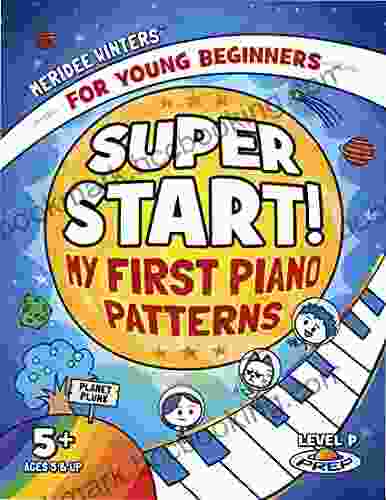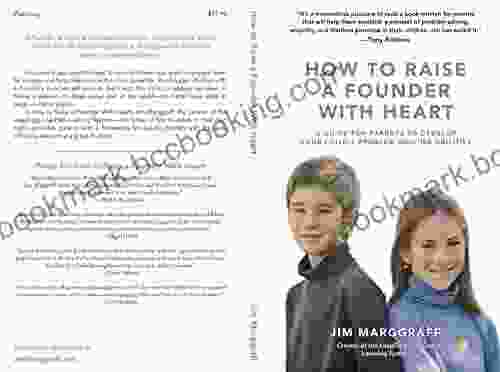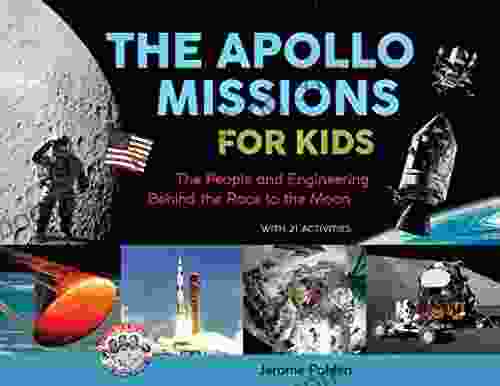The People and Engineering Behind the Race to the Moon

On July 20, 1969, the world watched in awe as Neil Armstrong stepped onto the surface of the Moon, uttering the iconic words, "That's one small step for a man, one giant leap for mankind." This historic moment marked a triumph not only for Armstrong and his fellow astronauts, Buzz Aldrin and Michael Collins, but for the countless engineers, scientists, and technicians who had worked tirelessly to make this dream a reality.
4.7 out of 5
| Language | : | English |
| File size | : | 9118 KB |
| Text-to-Speech | : | Enabled |
| Enhanced typesetting | : | Enabled |
| Word Wise | : | Enabled |
| Print length | : | 162 pages |
| Lending | : | Enabled |
| Screen Reader | : | Supported |
In 'The People and Engineering Behind the Race to the Moon', we delve into the captivating story of how this extraordinary feat was accomplished. Through the eyes of the people who lived and breathed this mission, we uncover the challenges, triumphs, and unwavering determination that fueled this unprecedented endeavor.
The Dreamers and Doers
At the heart of the Apollo program were the brilliant minds who dared to imagine what was possible. Wernher von Braun, the German rocket scientist who had designed the V-2 rockets used by the Nazis during World War II, played a pivotal role in developing the Saturn V rocket that would propel Apollo astronauts to the Moon. Gene Kranz, the unflappable flight director who guided the Apollo 13 mission through near-disaster, exemplified the unwavering resolve of NASA's engineers.
But the Apollo program was more than just the work of a few exceptional individuals. It was a collaborative effort involving hundreds of thousands of people across the country. Engineers, scientists, technicians, and support staff worked side-by-side, pooling their expertise to overcome seemingly insurmountable obstacles.
Engineering Marvels
The Apollo program pushed the boundaries of engineering and technology. The Saturn V rocket, standing over 360 feet tall and weighing nearly three million pounds, was the most powerful rocket ever built. The Apollo spacecraft, designed to support three astronauts for up to two weeks in space, was a marvel of efficiency and precision.
But beyond the hardware, the Apollo program also relied on cutting-edge software. The onboard computers, with their limited processing power and memory capacity, played a crucial role in guiding the spacecraft to the Moon and back. The software, developed by a team led by Margaret Hamilton, was a testament to the ingenuity and resourcefulness of the engineers involved.
Challenges and Triumphs
The race to the Moon was not without its setbacks. The Apollo 1 fire, which claimed the lives of three astronauts, cast a dark shadow over the program. The Apollo 13 mission, which nearly ended in disaster, tested the limits of human endurance and the resilience of the team on the ground.
Despite these challenges, the Apollo program ultimately triumphed. On July 20, 1969, Neil Armstrong and Buzz Aldrin planted the American flag on the Moon, fulfilling a dream that had captivated humanity for centuries.
A Legacy that Endures
The Apollo program was not simply a scientific and technological achievement. It was a testament to the human spirit, our ability to dream big, overcome obstacles, and achieve the seemingly impossible. The legacy of the Apollo program extends far beyond the Moon landing itself.
The technologies developed for the Apollo program have had a profound impact on our lives. Satellite communications, weather forecasting, and medical imaging are just a few of the everyday applications that trace their roots to the Apollo era. The spirit of innovation and collaboration that fueled the Apollo program continues to inspire generations of scientists and engineers.
'The People and Engineering Behind the Race to the Moon' is an essential read for anyone interested in space exploration, engineering, or simply the human spirit. Through the stories of the people who made the moon landing possible, we gain a profound appreciation for the ingenuity, determination, and teamwork that made this extraordinary achievement a reality.
4.7 out of 5
| Language | : | English |
| File size | : | 9118 KB |
| Text-to-Speech | : | Enabled |
| Enhanced typesetting | : | Enabled |
| Word Wise | : | Enabled |
| Print length | : | 162 pages |
| Lending | : | Enabled |
| Screen Reader | : | Supported |
Do you want to contribute by writing guest posts on this blog?
Please contact us and send us a resume of previous articles that you have written.
 Book
Book Novel
Novel Page
Page Chapter
Chapter Text
Text Story
Story Genre
Genre Reader
Reader Library
Library Paperback
Paperback E-book
E-book Magazine
Magazine Newspaper
Newspaper Paragraph
Paragraph Sentence
Sentence Bookmark
Bookmark Shelf
Shelf Glossary
Glossary Bibliography
Bibliography Foreword
Foreword Preface
Preface Synopsis
Synopsis Annotation
Annotation Footnote
Footnote Manuscript
Manuscript Scroll
Scroll Codex
Codex Tome
Tome Bestseller
Bestseller Classics
Classics Library card
Library card Narrative
Narrative Biography
Biography Autobiography
Autobiography Memoir
Memoir Reference
Reference Encyclopedia
Encyclopedia Jill Greenwood
Jill Greenwood Jerry Stahl
Jerry Stahl Jill A Logan
Jill A Logan Jennifer Senior
Jennifer Senior Stephen Howe
Stephen Howe Kristin Jarvis Adams
Kristin Jarvis Adams Karyn Garvin
Karyn Garvin Jenny Rae
Jenny Rae Jevon Bolden
Jevon Bolden Ron Jeffries
Ron Jeffries Steven Awalt
Steven Awalt Megan Carle
Megan Carle Jeffrey A Engel
Jeffrey A Engel Jerry Z Muller
Jerry Z Muller Katherine Scarim
Katherine Scarim Simone Braverman
Simone Braverman Matthew Farrer
Matthew Farrer Nurse Michael Alexander
Nurse Michael Alexander Jeremy Schaap
Jeremy Schaap John Coleman
John Coleman
Light bulbAdvertise smarter! Our strategic ad space ensures maximum exposure. Reserve your spot today!

 Caleb CarterUnlock Your Child's Musical Potential with Meridee Winters' Super Start My...
Caleb CarterUnlock Your Child's Musical Potential with Meridee Winters' Super Start My... Ralph TurnerFollow ·4.7k
Ralph TurnerFollow ·4.7k Allan JamesFollow ·4.8k
Allan JamesFollow ·4.8k Emilio CoxFollow ·3.3k
Emilio CoxFollow ·3.3k Arthur Conan DoyleFollow ·2.5k
Arthur Conan DoyleFollow ·2.5k Luke BlairFollow ·4.3k
Luke BlairFollow ·4.3k Jonathan HayesFollow ·10.4k
Jonathan HayesFollow ·10.4k John ParkerFollow ·11k
John ParkerFollow ·11k Ernest ClineFollow ·7.1k
Ernest ClineFollow ·7.1k

 Patrick Rothfuss
Patrick RothfussGuide for Parents: Unlocking Your Child's Problem-Solving...
As a parent, you...

 Ignacio Hayes
Ignacio HayesThe Good Girls of Al Noor: A Gripping Tale of Hope and...
On March 15, 2019, a...

 Lee Simmons
Lee Simmons50 Games and Activities for All the Turkeys at Your...
Thanksgiving is a time for family, friends,...

 Sean Turner
Sean TurnerRewiring the World: From Edison to Google - The...
A Captivating...
4.7 out of 5
| Language | : | English |
| File size | : | 9118 KB |
| Text-to-Speech | : | Enabled |
| Enhanced typesetting | : | Enabled |
| Word Wise | : | Enabled |
| Print length | : | 162 pages |
| Lending | : | Enabled |
| Screen Reader | : | Supported |














